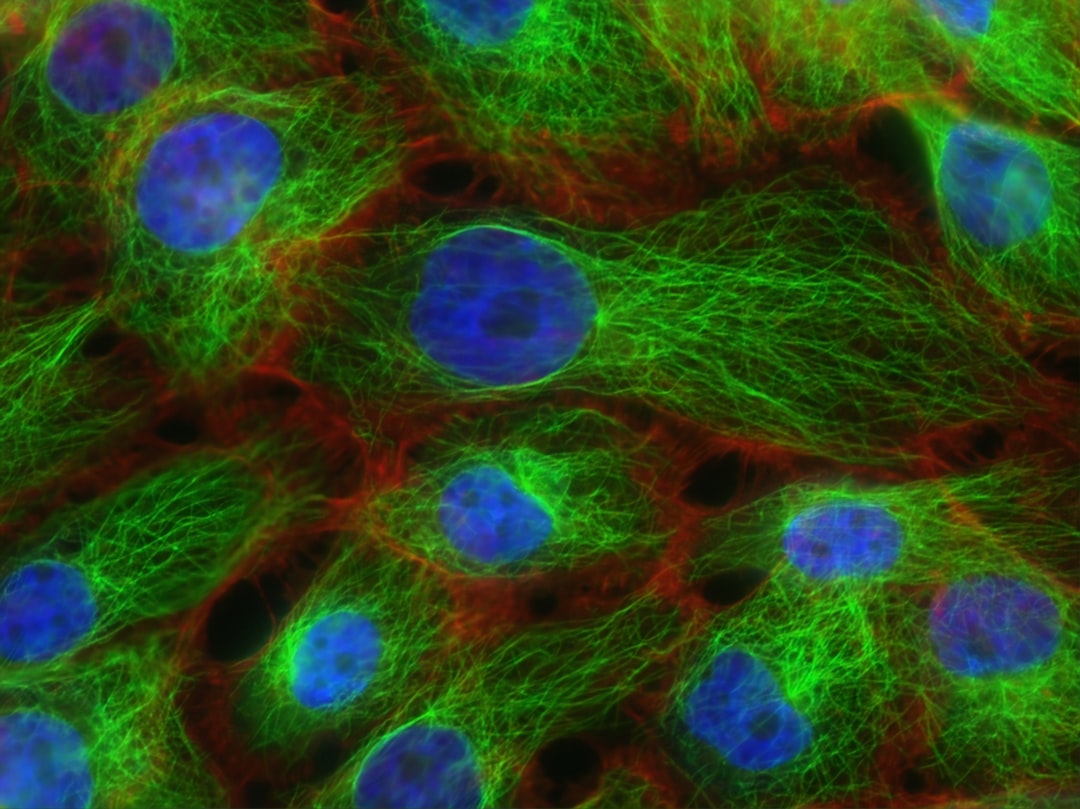What is it about?
In this study, the relationship between carbon dioxide emissions, GDP, energy-use and population growth in Ghana was investigated spanning from 1971-2013 by comparing a Vector Error Correction Model (VECM) and Autoregressive and Distributed Lag (ARDL). Prior to testing for Granger causality based on VECM, we tested for unit roots and Johansen’s multivariate co-integration. We also performed a Variance Decomposition Analysis using Cholesky technique and comparing it with other studies. Evidence from the variance decomposition shows that 21% of future shocks in carbon dioxide emissions are due to fluctuations in energy-use, 8% of future shocks are due to fluctuations in GDP and 6% of future shocks are due to fluctuations in population. There was evidence of bidirectional causality running from energy-use to GDP and a unidirectional causality running from carbon dioxide emissions to energy-use, carbon dioxide emissions to GDP, carbon dioxide emissions to population, and population to energy-use. Evidence from the long-run elasticities shows that a 1% increase in population in Ghana will increase carbon dioxide emissions by 1.72%. There was evidence of short-run equilibrium relationship running from energy-use to carbon dioxide emissions and GDP to carbon dioxide emissions. As a policy implication, the addition of renewable energy and clean energy technologies into Ghana’s energy mix can help mitigate climate change and its impact in the future.
Featured Image
Why is it important?
The extent of GDP, energy use, and population growth on carbon dioxide emissions in Ghana is revealed
Read the Original
This page is a summary of: Carbon dioxide emissions, GDP, energy use, and population growth: a multivariate and causality analysis for Ghana, 1971–2013, Environmental Science and Pollution Research, March 2016, Springer Science + Business Media,
DOI: 10.1007/s11356-016-6511-x.
You can read the full text:
Contributors
The following have contributed to this page










